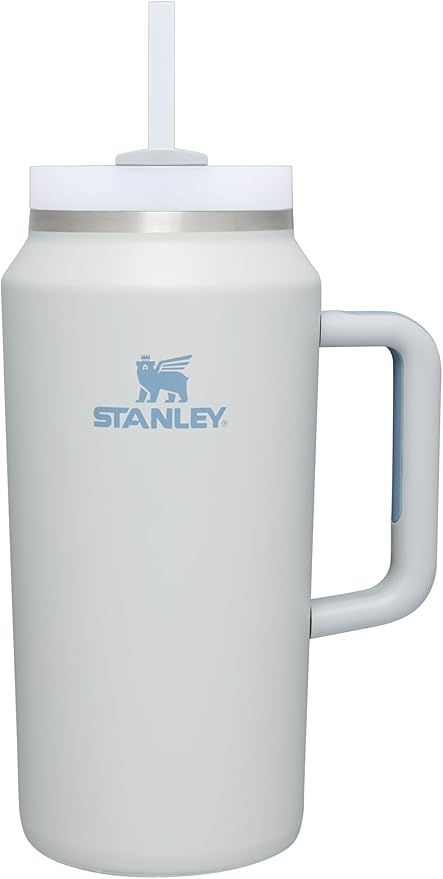Portuguese Knitting for Socks: A Game-Changer for Comfort, Efficiency, and Control
- Silly Monkey Knits

- Aug 1
- 5 min read
Socks are the ultimate test of a knitter’s technique—small, stretchy, and detailed. And when it comes to comfort and efficiency, Portuguese knitting offers a unique, often overlooked method that can change the way you make socks forever. Whether you're struggling with hand strain, looking for a neater purl, or simply curious about new methods, this guide will walk you through how to use Portuguese knitting for socks—even if you've never tried it before.
🧵 What Is Portuguese Knitting?
Portuguese knitting, sometimes called “Andean” or “Incan” style, involves tensioning the yarn around your neck (or through a special pin attached to your shirt) and flicking it with your thumb to wrap the yarn around the needle.
What makes it special?
Less hand movement — reduces strain and is ergonomic.
Efficient purling — the motion is minimal, so purl-heavy sock patterns are easier.
Consistent tension — easier to maintain even stitches.
Portuguese knitting is particularly helpful for ribbing, lace, and textured patterns often used in sock cuffs and legs.

🧦 Why Use Portuguese Knitting for Socks?
When it comes to socks, you want smooth fabric, stretch, and precise shaping. Portuguese knitting checks all the boxes:
Purling is effortless, which makes 1x1 or 2x2 ribbing a breeze.
Reduces fatigue, so you can knit longer without wrist pain.
Improves gauge control, especially useful for fine sock yarns.
Adapts well to Magic Loop, DPNs, or two-circular methods.
If you’ve avoided purl-heavy sock designs before, Portuguese knitting can unlock new pattern options.
🪡 Tools You Need
Knitting needles (DPNs, Magic Loop, or circulars—Portuguese works with all)
Yarn (sock-weight or fingering)
Portuguese knitting pin or hook (optional but recommended)
Tapestry needle and scissors for finishing
✋ How to Hold the Yarn
There are two ways to tension your yarn in Portuguese knitting:
1. Around the Neck (Traditional Style)
Loop the yarn around the back of your neck and bring it over your left shoulder down to your left hand.
Pros: Stable and traditional Cons: Can irritate the neck during long sessions
2. Using a Portuguese Knitting Pin
Clip the pin to your shirt near your left shoulder and run the yarn through the hook or eye.
Pros: Great for hot climates or long hours Cons: Slight learning curve with tension
In both cases, your left hand holds the yarn lightly while your thumb flicks it to wrap the working yarn over the needle.
🧶 Step-by-Step: Knitting in Portuguese Style
Here’s how to execute the basic stitches:
➤ Knitting
Insert the right needle as if to knit.
Use your left thumb to flick the yarn over the right needle.
Pull the stitch through.
➤ Purling (Signature of Portuguese Style)
Insert the right needle as if to purl.
Flick the yarn downward with your thumb.
Pull through — no wrist twisting, no yarn throwing!
Tip: Portuguese knitting favors purl-heavy patterns. Some people even work socks inside out to do mostly purling and then turn them right side out at the end!
🧦 Portuguese Knitting in Sock Sections
Let’s look at how this method shines across each part of the sock.
1️⃣ The Cuff (Ribbing & Stretch)
Why it works well: Ribbing involves a lot of purling—and that’s where Portuguese knitting is fastest.
Tips:
Use a stretchy cast-on like the German Twisted Cast-On.
Switch to smaller needles for a snug fit.
2️⃣ The Leg
This section is perfect for stitch play. Whether you're doing cables, lace, or colorwork, Portuguese knitting's tension control helps maintain even gauge.
Tips:
Use stitch markers to track repeats.
Try flipping the sock inside out if it's mostly purl!
3️⃣ Heel Construction
This is where some knitters hesitate. But Portuguese knitting handles short rows and heel flaps just fine with some planning.
For Short Row Heels:
Use wrap & turn or German short rows, and practice tension with the flicking method.
Purl-heavy sections will actually go faster in this method.
For Heel Flaps:
Eye of Partridge or slipped stitch patterns can be done neatly by adapting flicks and tension on the wrong side.
4️⃣ The Foot
Portuguese knitting helps maintain smooth stockinette across the instep and sole. Just be mindful of tension with Magic Loop or two-circular techniques.
Tips:
Use measuring tools or sock rulers for exact sizing.
Use stitch markers to track decreases.
5️⃣ The Toe
Decreases in Portuguese style follow the same principle—just flick the yarn over after inserting the needle. Kitchener stitch to close the toe is the same as in other styles.
🧠 Common Challenges and Fixes
🧩 Beginner Tips
Start with worsted weight yarn and practice purling before jumping into socks.
Practice with a flat swatch to get used to flicking.
Use smooth, light yarns at first so you can see stitches clearly.
Take breaks! Even ergonomic methods can cause fatigue if used incorrectly.
🧦 Should You Switch to Portuguese Knitting for Socks?
If you:
Struggle with hand fatigue
Avoid purl-heavy patterns
Want better tension control
Love trying new techniques
…then Portuguese knitting might be your new favorite way to knit socks.
📌 Final Thoughts
Portuguese knitting brings precision, speed, and comfort to the art of sock-making. It’s a particularly great method for knitters who work long hours or those who want to explore purl-heavy designs like twisted rib, lace legs, or reinforced heels. Best of all, it's accessible even to beginners. Give it a try—you might never go back!


























Comments